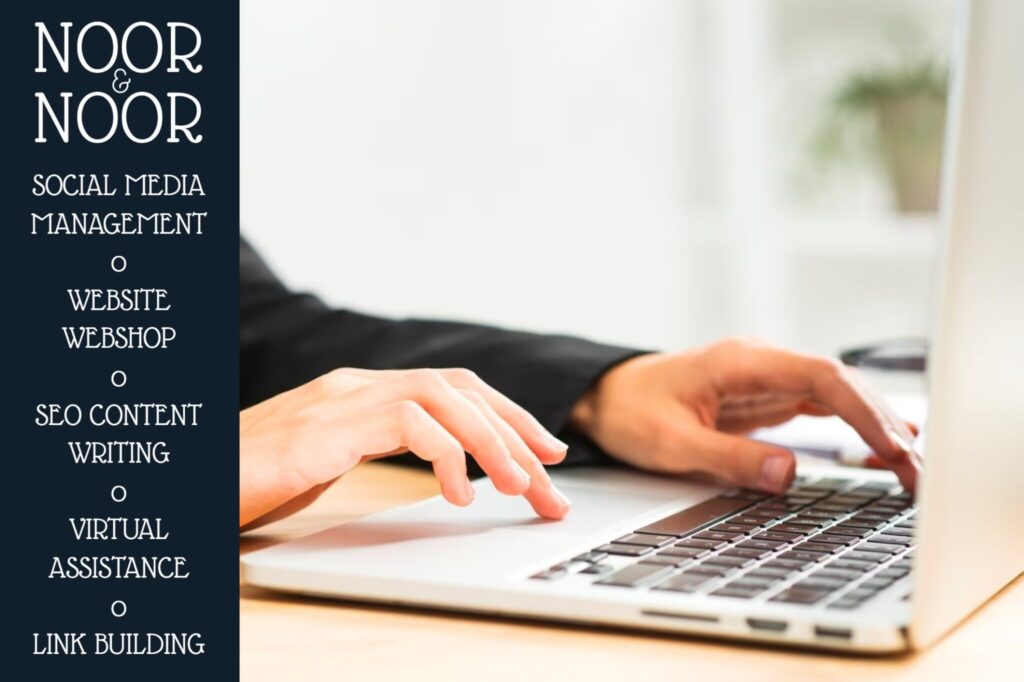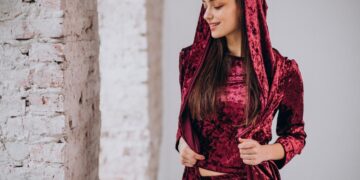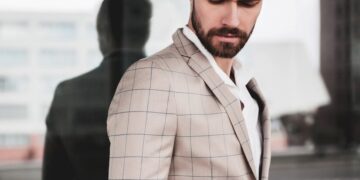In a world increasingly aware of the environmental and social impact of fast fashion, more people are turning to sustainable alternatives. In Morocco, a country rich in textile traditions and craftsmanship, sewing your own clothes and accessories is not only a way to embrace sustainability but also a means of reconnecting with cultural heritage. For Saïda, a mother of four girls from Casablanca, this practice has become a lifeline—a way to provide for her family while making a positive impact on the planet.
The Fast Fashion Problem
Fast fashion has taken a toll on the environment, with the industry contributing to 10% of global carbon emissions and producing massive amounts of textile waste. In Morocco, the influx of cheap, imported clothing has also threatened local artisans and traditional craftsmanship.
By sewing your own clothes, you can break free from this cycle, creating garments that are unique, durable, and eco-friendly.
A Return to Tradition
Morocco has a long history of textile production, from the intricate embroidery of Fes to the vibrant weavings of the Atlas Mountains. Sewing your own clothes allows you to tap into this rich heritage, using locally sourced fabrics like cotton, wool, and linen.
Saïda, who learned to sew from her grandmother, says, “When I sew, I feel connected to my roots. It’s not just about making clothes; it’s about preserving a part of who we are as Moroccans.”
Economic Empowerment
For many Moroccan women, sewing is more than a hobby—it’s a source of income. By creating and selling handmade clothes and accessories, women like Saïda can support their families while working from home.
“I started sewing because I needed to provide for my daughters”, she explains. “Now, I make dresses, bags, and scarves that I sell in my community. It’s empowering to know that I can take care of my family while doing something I love.”
The five practical basics of sewing
In this video Chloë shows you how to do basic sewing.
Essential Tools
Before you begin, it is important to have the following 6 essential tools:
1. Sewing machine
A sewing machine is essential for sewing because it speeds up the process, ensures consistent and precise stitches, and handles a variety of fabrics with ease. It enables you to create durable, professional-quality garments and projects much faster than hand-sewing, making it a must-have tool for both beginners and experienced sewers.
Choose a beginner-friendly machine, whether mechanical or electronic, depending on your needs and budget.
2. Needles
Needles are essential for sewing because they pierce fabric to create stitches, whether by hand or with a sewing machine. The right needle type and size ensure smooth stitching, prevent fabric damage, and accommodate different materials and techniques, making them a fundamental tool for any sewing project.
Use needles that are appropriate for the type of fabric you are working with. Choosing the right needles is crucial for achieving neat seams and avoiding damage to the fabric.
3. Scissors
Scissors are essential for sewing because they allow you to cut fabric cleanly and accurately, ensuring precise edges and shapes for your projects. Sharp, dedicated fabric scissors prevent fraying and make the cutting process efficient, which is crucial for achieving professional-looking results.
4. Pins and safety pins
Pins and safety pins are essential for sewing because they hold fabric pieces together securely before stitching, ensuring accurate alignment and preventing shifting. They make it easier to manage layers, patterns, and adjustments, leading to more precise and professional results in your sewing projects.
5. Tape measure
A tape measure is essential for sewing because it ensures accurate measurements of fabric, body dimensions, and pattern pieces. Precision is key to achieving a proper fit and professional-looking results, whether you’re making clothes, accessories, or home decor. Its flexibility makes it ideal for measuring curves and contours, which rigid rulers can’t handle.
6. Tailor’s chalk or pencil
Tailor’s chalk or pencil is essential for sewing because it allows you to mark fabric with guidelines, pattern markings, or adjustments without causing permanent damage. These markings ensure accuracy when cutting, stitching, or fitting, helping you achieve precise and professional results.
Hiking Trails in the Middle Atlas Mountains
The Middle Atlas Mountains are often overshadowed by the High Atlas or the Rif, yet they hold some of Morocco’s...
From Passion to Profession: Turning Creative Skills into Income
In Morocco, more young people are transforming their creative talents into careers. Whether it’s photography, calligraphy, fashion design, or digital...
Young Moroccans Abroad: Balancing Wanderlust and Roots
For many young Moroccans, the dream of exploring the world is irresistible. Whether through study, work, or travel, living abroad...
Networking for Millennials: How to Build Real Connections in Casablanca and Rabat
In Morocco’s fast-paced urban centers, especially Casablanca and Rabat, networking is essential for millennials seeking growth and opportunities. No longer...
Conclusion
Sewing your own sustainable clothes and accessories in Morocco is more than a trend—it’s a movement toward a more mindful, ethical, and culturally rich way of living.
For Saïda and many others, it’s a path to empowerment, creativity, and sustainability. As she puts it, “When you sew, you’re not just making clothes. You’re making a difference.”
So, why not pick up a needle and thread? Whether you’re stitching a traditional caftan or a modern accessory, every piece you create is a step toward a more sustainable future.














Discussion about this post